Pea puffers are a popular choice for hobbyists who want to keep small, unique, and interesting fish in their aquariums. These tiny fish are known for their vibrant colors, quirky personalities, and unusual appearance.
However, before bringing these pets home, it is important to understand their needs and requirements, including how long do pea puffers live. Understanding the lifespan of a pea puffer is crucial for providing them with the best possible care.
On average, pea puffers can live for 3-5 years in captivity, although some may live longer or shorter depending on various factors such as genetics, diet, and environmental conditions.
It is important to note that the lifespan of a pea puffer can be significantly impacted by poor water quality, inadequate nutrition, and stress.
Contents
Key Takeaways on How Long Do Pea Puffers Live?
- Pea puffers can live for 3-5 years in captivity, but this can vary depending on various factors.
- The lifespan of a pea puffer can be impacted by poor water quality, inadequate nutrition, and stress.
- Providing proper care and meeting their needs can help ensure a healthy and long life for your pea puffer.
You will also like these other top posts in this category:
Understanding Pea Puffers
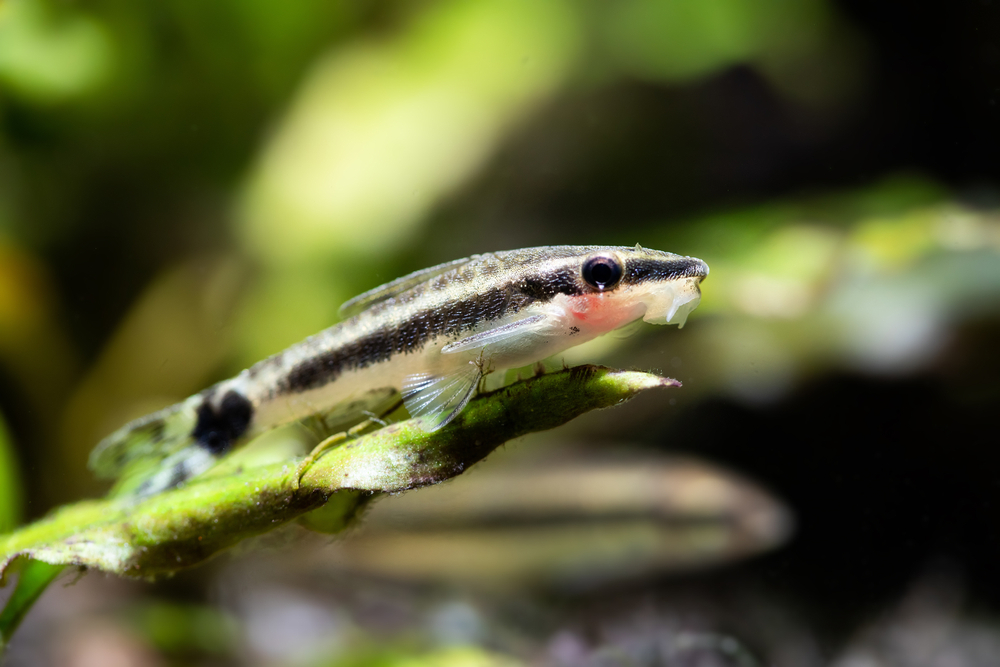
Pea puffers, also known as dwarf puffers, are a popular choice among aquarium enthusiasts. These small, colorful fish are native to India and are part of the pufferfish family, Carinotetraodon travancoricus.
They are also sometimes referred to as Malabar puffers or Indian dwarf puffers.
Pea puffers are known for their unique personalities and active behavior. They are also known for their aggressive tendencies, which should be taken into consideration when choosing tank mates.
Pea puffers are best kept in a species-only tank or with other small, non-aggressive fish.
Pea puffers are carnivorous and require a diet of live or frozen foods such as bloodworms, brine shrimp, and small snails. They have a high metabolism and should be fed small amounts multiple times a day.
Pea puffers are also known for their short lifespan, typically living only 1-2 years in captivity. It is important to provide them with proper care and a suitable environment to maximize their lifespan.
This includes a well-maintained tank with plenty of hiding places and clean, oxygenated water.
Physical Characteristics
Pea puffers are small, round-bodied fish that grow up to 1.5 inches in length. They have a distinctive appearance, with yellow or brown coloring and a round, almost spherical body shape. Their fins are relatively small and rounded, and they lack a swim bladder.
One of the most striking physical characteristics of pea puffers is their beak-like mouth, which is adapted for crushing the hard shells of snails and other small invertebrates. They also have sharp teeth that they use to hold onto their prey and tear it apart.
Despite their small size, pea puffers are relatively hardy fish that can adapt to a range of water conditions. They are often kept in freshwater aquariums, where they can be housed with other small, non-aggressive fish and invertebrates.
Overall, pea puffers are fascinating little fish with a unique appearance and interesting behaviors. They can make great additions to a home aquarium, but it’s important to provide them with the right conditions and diet to ensure they thrive.
Habitat and Origin
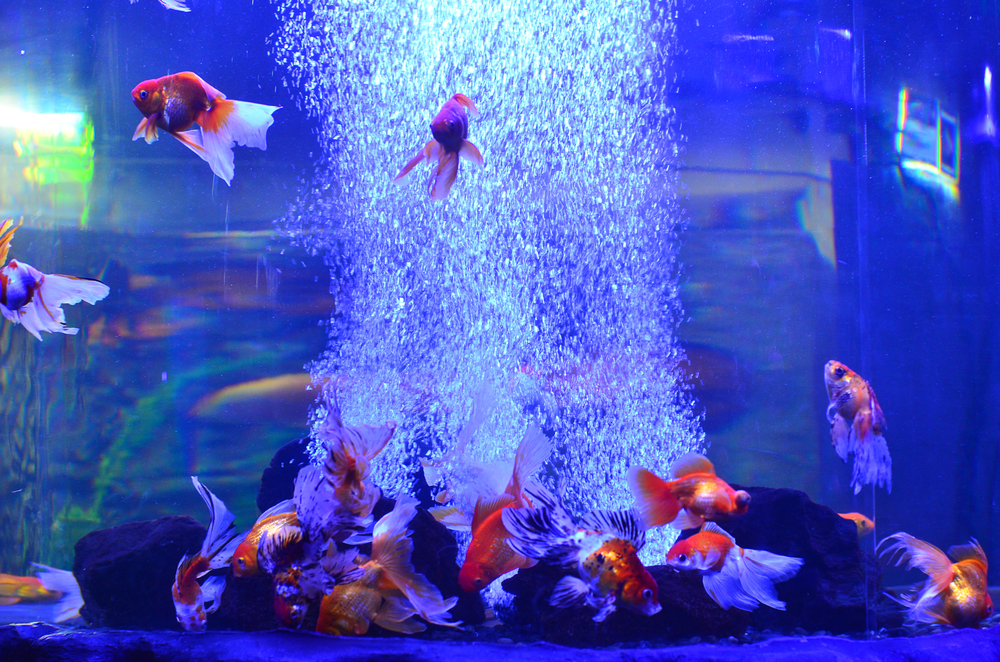
Pea puffers are freshwater fish that are native to India. They are found in the southern region of the country, specifically in the states of Kerala and Karnataka.
These fish are known to inhabit slow-moving bodies of water such as streams, ponds, and swamps. They prefer areas with dense vegetation and soft substrate.
In their natural habitat, pea puffers are known to be territorial and aggressive towards other fish. They are also able to survive in brackish waters, which are bodies of water that have a higher salinity level than freshwater but lower than seawater.
Pea puffers are popular aquarium fish due to their small size and unique appearance. They are often kept in tanks that mimic their natural habitat, with plants and soft substrate.
However, it is important to note that they are not suitable for community tanks as they may attack and harm other fish.
Behavior and Temperament
Pea puffers are known for their aggressive and territorial behavior, which is often exhibited towards other fish in the aquarium. They are not suitable for community tanks as they tend to nip at the fins of other fish and can even kill them.
However, they can be kept with other pea puffers if the aquarium is large enough and has plenty of hiding spots.
These fish are active and curious, constantly exploring their surroundings. They are also known for their intelligence and can recognize their owners, often begging for food when they see them.
Pea puffers are territorial fish and will defend their space against other fish and even their own kind. It is important to provide them with plenty of hiding spots and territories to prevent aggression.
Despite their aggressive behavior, pea puffers can make great pets for experienced fish keepers who are willing to provide them with the proper care and environment they require.
They are fascinating to watch and can provide hours of entertainment with their curious and active nature.
Dietary Needs
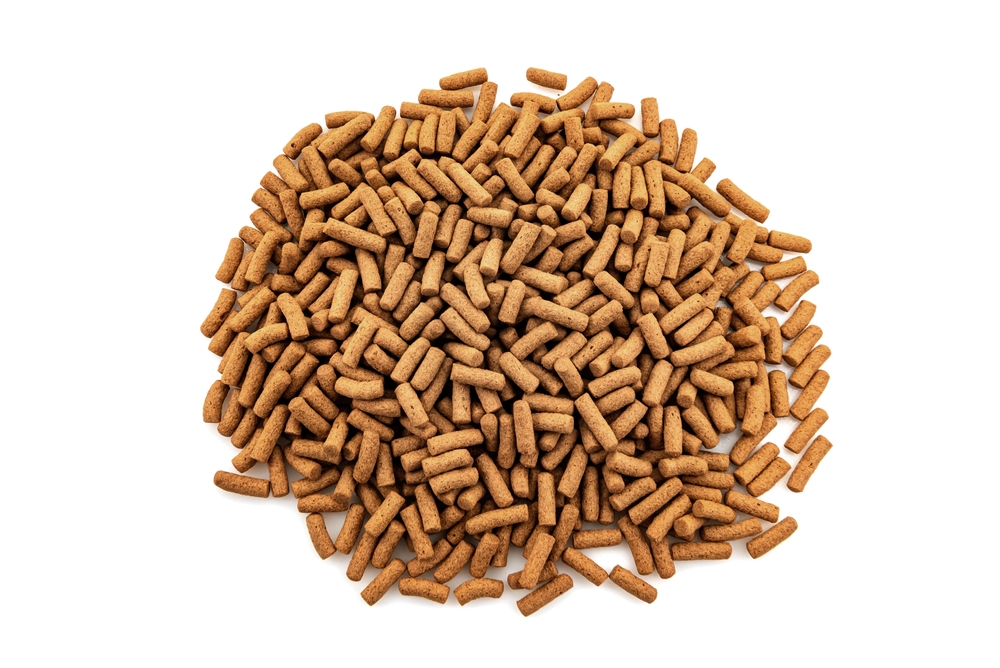
Pea puffers are carnivorous fish, which means they require a diet that is high in protein. In the wild, they primarily feed on small invertebrates such as snails, crustaceans, and insect larvae.
In captivity, they can be fed a variety of live and frozen foods to meet their dietary needs.
Bloodworms and brine shrimp are popular choices for feeding pea puffers. These foods are high in protein and can be easily found at most pet stores.
Live foods such as snails and shrimp can also be offered, but it is important to ensure that they are free of any harmful parasites or bacteria.
Pea puffers can be picky eaters, so it is important to offer a variety of foods to keep them interested and maintain their appetite. It is recommended to feed them small portions several times a day rather than one large meal to prevent overfeeding and digestive problems.
Aquarium Setup
Setting up an aquarium for pea puffers requires careful consideration of various factors to ensure their health and longevity. Here are some key points to keep in mind:
1. Tank Size and Setup
Pea puffers are small fish and can thrive in nano tanks as small as 5 gallons. However, it is important to provide enough space for them to swim around and establish territories. A 10-gallon tank is ideal for a pair of pea puffers.
The tank should be set up with plenty of hiding spots, such as caves, plants, and driftwood. This will help reduce stress and provide a sense of security for the fish.
2. Substrate and Filtration

Pea puffers prefer a sandy substrate, which mimics their natural environment. The sand should be fine enough to prevent injury to their delicate mouths.
A good filtration system is essential to maintain water quality and prevent the buildup of harmful chemicals. A hang-on-back filter or sponge filter is suitable for a small tank.
3. Water Temperature and Changes
Pea puffers are tropical fish and require a water temperature between 78-82°F. It is important to keep the temperature stable and avoid sudden fluctuations.
Regular water changes are necessary to maintain water quality. A 20% water change every week is recommended.
4. Lighting and Plants
Pea puffers do not require specific lighting requirements, but a natural day-night cycle is important for their health. A timer can be used to ensure consistent lighting.
Live plants can provide a natural and aesthetically pleasing environment for pea puffers. Java moss, Anubias, and Java fern are good options that can thrive in low-light conditions.
5. Aquarium Heater and Monitoring
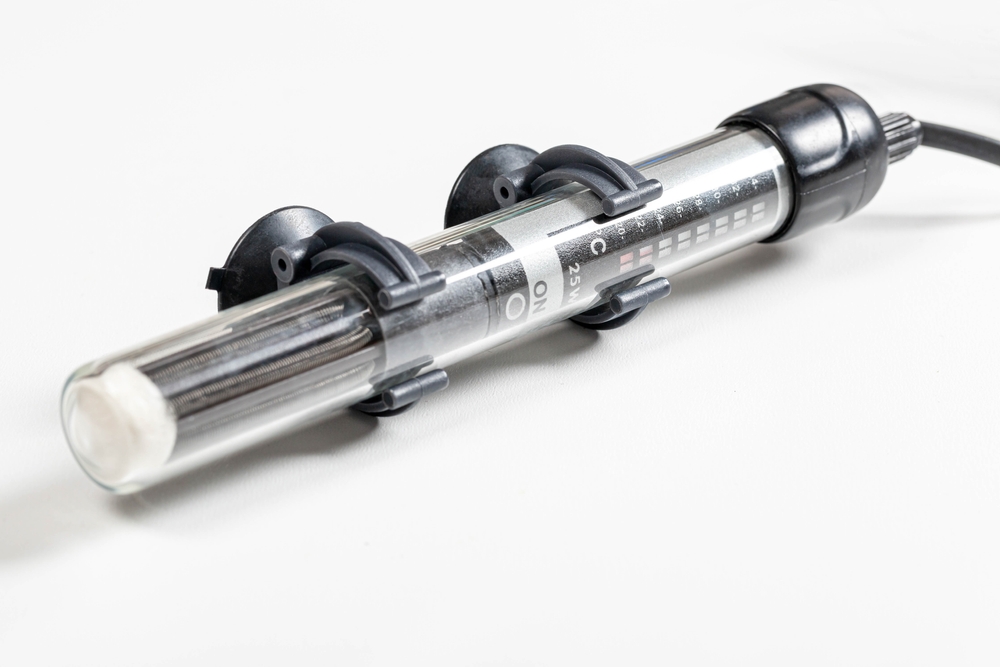
An aquarium heater is necessary to maintain a stable water temperature. A 50-watt heater is suitable for a 10-gallon tank.
Regular monitoring of water parameters, such as pH, ammonia, and nitrite, is important to ensure a healthy environment for pea puffers. A test kit should be used to check the water regularly.
Health and Lifespan
Pea puffers are relatively hardy fish and can live for 4-5 years in captivity if provided with proper care. However, they are susceptible to a number of health issues that can shorten their lifespan.
One of the most common issues is ich, a parasitic infection that causes white spots to appear on the fish’s body.
To prevent ich and other infections, it is important to maintain good water quality and keep the tank clean. Pea puffers prefer a temperature range of 74-82°F, so it is important to keep the water within this range.
In addition to water quality, diet is also a key factor in the health and lifespan of pea puffers. They are carnivorous and require a diet of live or frozen foods such as bloodworms, brine shrimp, and small snails. It is important to avoid overfeeding, as pea puffers are prone to obesity.
Breeding Process
Pea puffers are not easy to breed in captivity, and it is not recommended for beginners. Breeding requires a lot of preparation and attention to detail.
To breed pea puffers, it is necessary to have a male and a female. The male is usually slightly larger than the female and has a more pronounced forehead. It is important to ensure that both fish are healthy and in good condition.
Pea puffers are egg layers, and breeding usually occurs during the rainy season. To encourage breeding, the water temperature should be raised to around 80°F, and the water should be soft and slightly acidic.
The male will begin to court the female by chasing her around the tank. If the female is receptive, she will allow the male to nudge her belly. This is an indication that she is ready to lay eggs.
Once the female lays eggs, the male will fertilize them. The eggs will stick to plants or other surfaces in the tank. It is important to ensure that the eggs are not disturbed, as this can cause them to become infertile.
After a few days, the eggs will hatch into fry. The fry are very small and delicate and require special care. They should be fed small amounts of baby brine shrimp or other small foods several times a day.
Breeding pea puffers is a challenging but rewarding process. With the right preparation and attention to detail, it is possible to successfully breed these fascinating fish in captivity.
Tank Mates
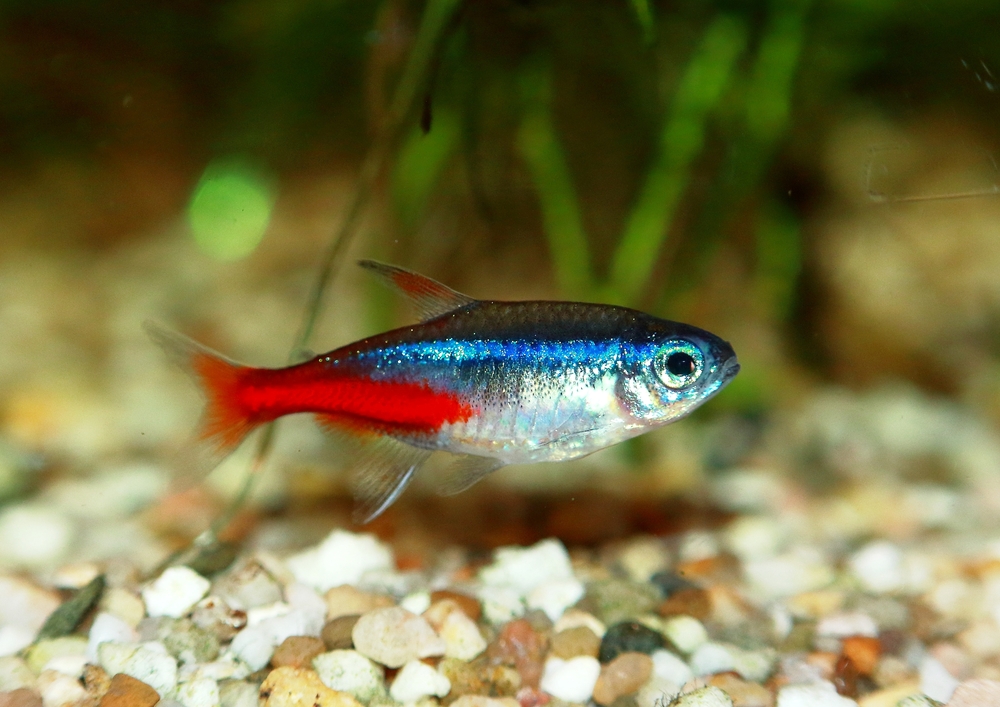
When it comes to keeping pea puffers, choosing the right tank mates is crucial. Pea puffers are known for their aggressive behavior, so it’s important to select species that can coexist peacefully with them.
One option for a community tank with pea puffers is to choose other small, peaceful fish. Guppies, danios, neon tetras, and ember tetras are all good choices, as they are unlikely to bother the puffers.
However, it’s important to note that there is always a risk that the puffers may attack these fish, especially if they are feeling stressed or threatened.
Another option is to keep pea puffers with other aggressive fish. Betta fish, kuhli loaches, and barbs are all potential tank mates that can hold their own against the puffers.
However, it’s important to monitor the tank closely and be prepared to separate any fish that are being bullied or harassed.
Harlequin rasboras and siamese algae eaters are also sometimes recommended as tank mates for pea puffers. However, it’s important to note that these species may not be able to tolerate the puffers’ aggressive behavior, and may become stressed or injured as a result.
Caring for Pea Puffers
Pea Puffers are small, freshwater fish that require specific care to thrive in an aquarium. Here are some tips to ensure your Pea Puffer lives a healthy and happy life:
1. Care
Pea Puffers are carnivorous and require a diet high in protein. Live or frozen foods such as bloodworms, brine shrimp, and daphnia are recommended.
It is important to feed them small amounts multiple times a day rather than one large feeding to prevent overeating and bloating.
2. Plants
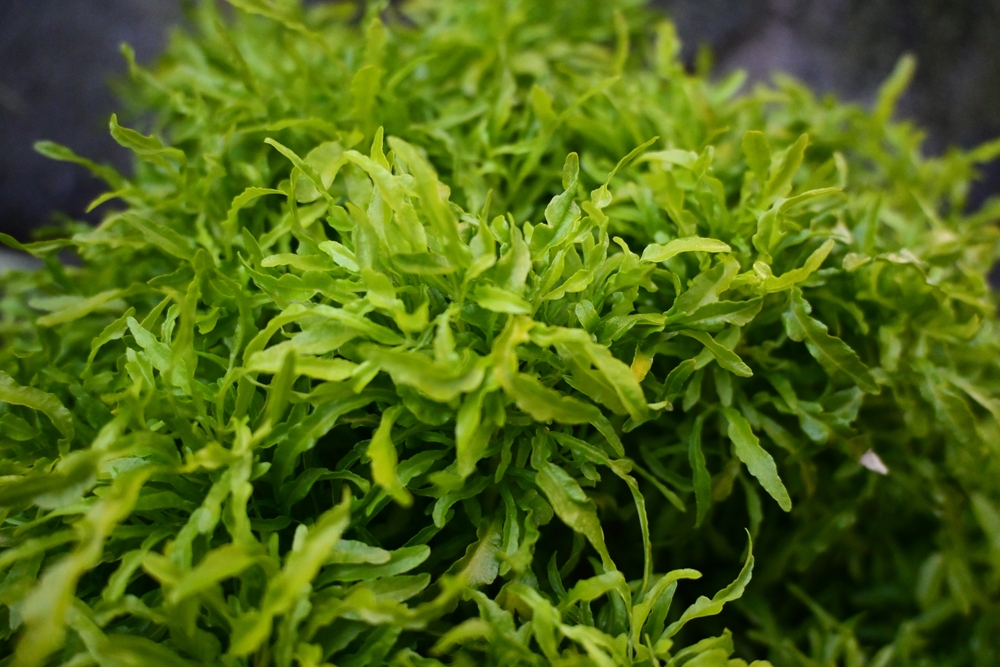
Pea Puffers enjoy having live plants in their aquarium as they provide hiding places and stimulation. Anubias and Java Fern are good options as they are hardy and can withstand the puffer’s nibbling.
3. Filter
A filter is necessary to maintain water quality and keep the aquarium clean. A sponge filter is recommended as it provides a gentle flow and does not harm the puffer’s delicate fins.
4. Live Plants
Live plants not only provide hiding places but also help to maintain water quality by absorbing nitrates and other toxins. Pea Puffers enjoy nibbling on plants, so it is important to choose hardy species such as Java Fern and Anubias.
5. Heater
Pea Puffers require a temperature range of 78-82°F to thrive. A heater is necessary to maintain a consistent temperature in the aquarium.
6. Gravel
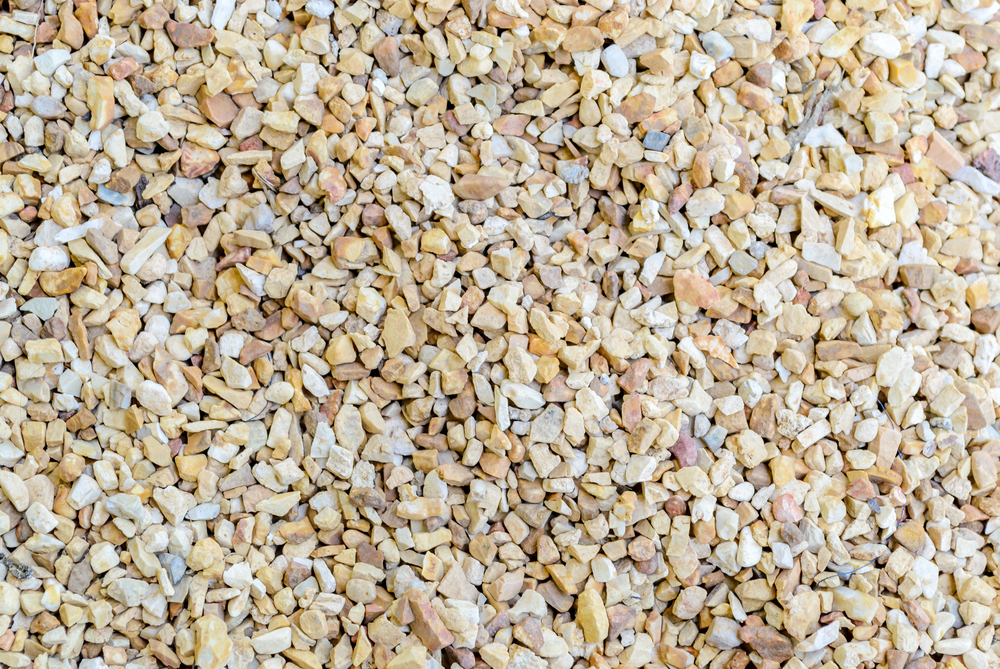
Pea Puffers enjoy digging and burrowing in the substrate. It is recommended to use a fine gravel or sand to prevent injury to their delicate mouths.
7. Water Parameters
Pea Puffers require a pH range of 7.0-8.0 and a hardness range of 5-15 dKH. It is important to perform regular water changes to maintain water quality and prevent the buildup of toxins.
8. Care Guide
Here is a brief care guide for Pea Puffers:
- Feed a high-protein diet multiple times a day
- Provide live plants for hiding places and stimulation
- Use a sponge filter to maintain water quality
- Choose hardy live plants such as Java Fern and Anubias
- Use a heater to maintain a temperature range of 78-82°F
- Use fine gravel or sand to prevent injury to their delicate mouths
- Maintain a pH range of 7.0-8.0 and a hardness range of 5-15 dKH through regular water changes.
Purchasing Pea Puffers
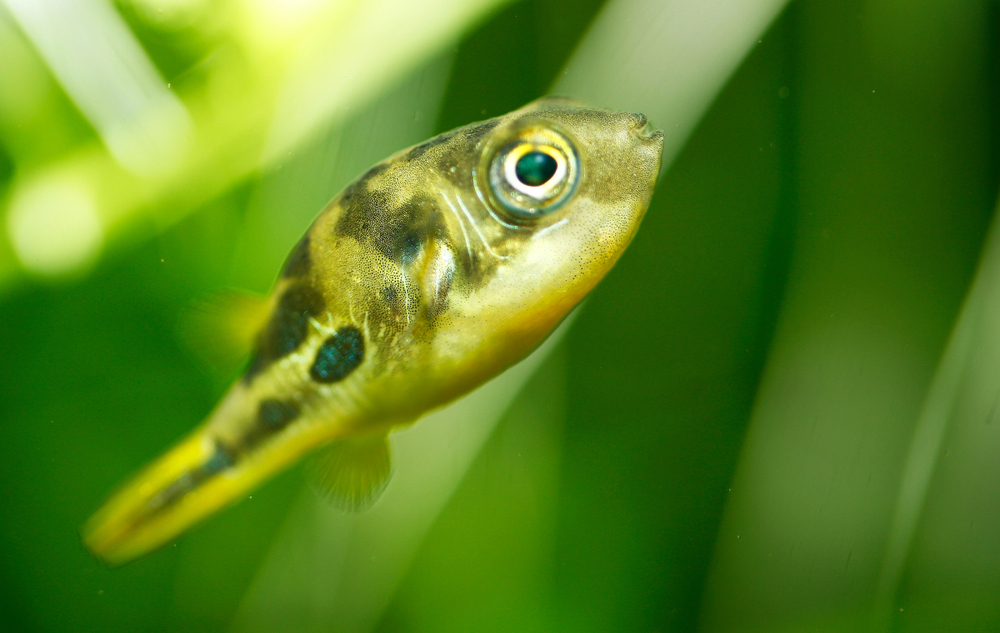
When purchasing pea puffers, it is important to choose a reputable fish store. Pea puffers are vulnerable to stress and disease, so it is crucial to select healthy specimens.
Look for fish that are active, alert, and have clear eyes. Avoid any fish that are lethargic, have cloudy eyes, or show signs of fin rot.
It is recommended to purchase pea puffers in groups of three to five, as they are social fish and prefer to be kept in groups. Make sure to provide them with plenty of hiding places in their aquarium, as they can become territorial and aggressive towards other fish if they feel threatened.
Pea puffers have a lifespan of around two to three years, so it is important to consider the long-term commitment when purchasing them.
They require a specific diet of snails, shrimp, and other small invertebrates, so make sure to research their dietary needs before bringing them home.
Additional Information
Pea puffers are fascinating creatures that can make great additions to any freshwater aquarium.
While their lifespan in captivity can vary depending on several factors, there are some additional pieces of information that can help you provide the best possible care for your pea puffer.
Tank Mates
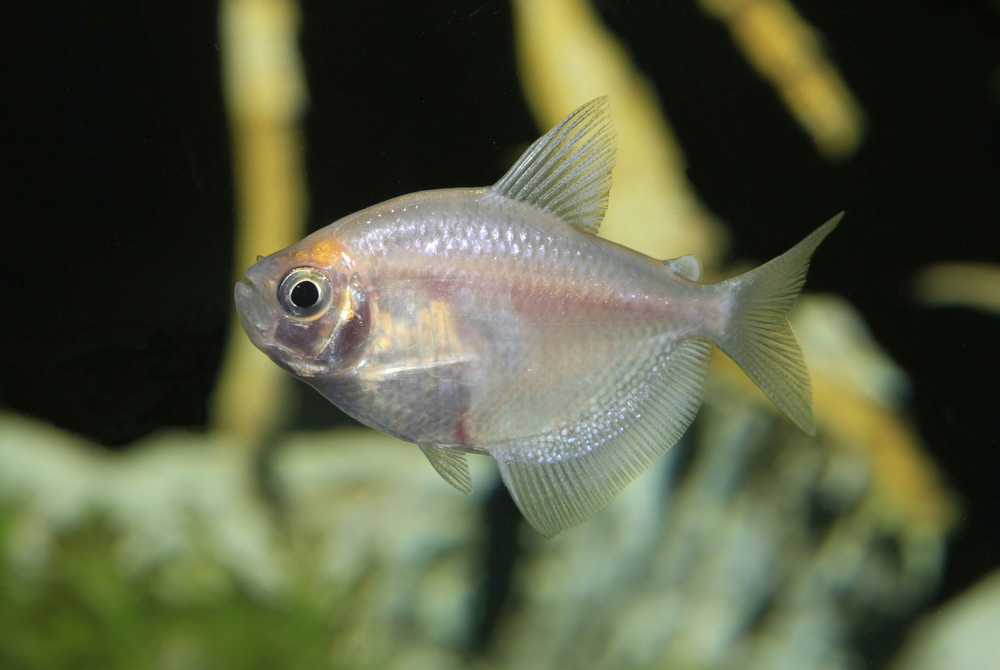
Pea puffers are known for being aggressive towards other fish, especially when they are kept in small groups. It is recommended to keep them in a species-only tank or with other fish that can tolerate their behavior. Some good tank mates for pea puffers include snails and shrimp.
Plant Life
Pea puffers enjoy having plenty of hiding places in their tank. Java moss and Java fern are great options for providing cover for your pea puffer. They also enjoy live plants to nibble on, which can help keep their beaks trimmed.
Water Parameters
It is important to maintain the correct water parameters for your pea puffer. They prefer a pH range of 7.0-8.0 and a water hardness of 5-15 dGH. It is also important to keep nitrate levels low to prevent health issues for your fish.
Decorating
Pea puffers enjoy a well-decorated tank with plenty of hiding places and interesting features. Adding driftwood and rocks can provide great hiding spots for your pea puffer, and also help maintain the pH level of the water.
Frequently Asked Questions
What is the typical lifespan of a pea puffer?
Pea puffers typically live for around 5 years in captivity, but some have been known to live up to 8 years with proper care.
What are some factors that can affect the lifespan of a pea puffer?
Several factors can affect the lifespan of a pea puffer, including water quality, diet, tank size, and stress levels.
Poor water quality and an inadequate diet can lead to health problems that can shorten a pea puffer’s lifespan, while a small tank or stressful environment can also have a negative impact.
What can I do to help ensure my pea puffer lives a long and healthy life?
To help ensure your pea puffer lives a long and healthy life, it is important to provide them with a suitable tank size, clean water, and a varied and nutritious diet. It is also important to minimize stress by providing plenty of hiding places and avoiding overcrowding.
Can pea puffers live with other fish, or should they be kept alone?
Pea puffers are best kept alone or with other pea puffers in a species-only tank. They can be aggressive towards other fish and may nip at their fins or attack them.
What size tank is recommended for keeping pea puffers?
A minimum tank size of 10 gallons is recommended for keeping one or two pea puffers. However, a larger tank is always better as it provides more swimming space and makes it easier to maintain good water quality.
Do pea puffers require a lot of maintenance or special care?
Pea puffers do require some special care, such as a varied and nutritious diet and regular water changes to maintain good water quality. However, they are generally low-maintenance fish and do not require any special equipment or care beyond what is typical for most aquarium fish.

Ian Sterling, founder of Fishlab.com, began his aquarium journey over 30 years ago, driven by a deep fascination for fish and their diverse personalities. His website, Fishlab.com, is dedicated to making fishkeeping accessible and enjoyable, offering beginner-friendly guidance, expert insights, and a community for aquarists to connect and share experiences.


